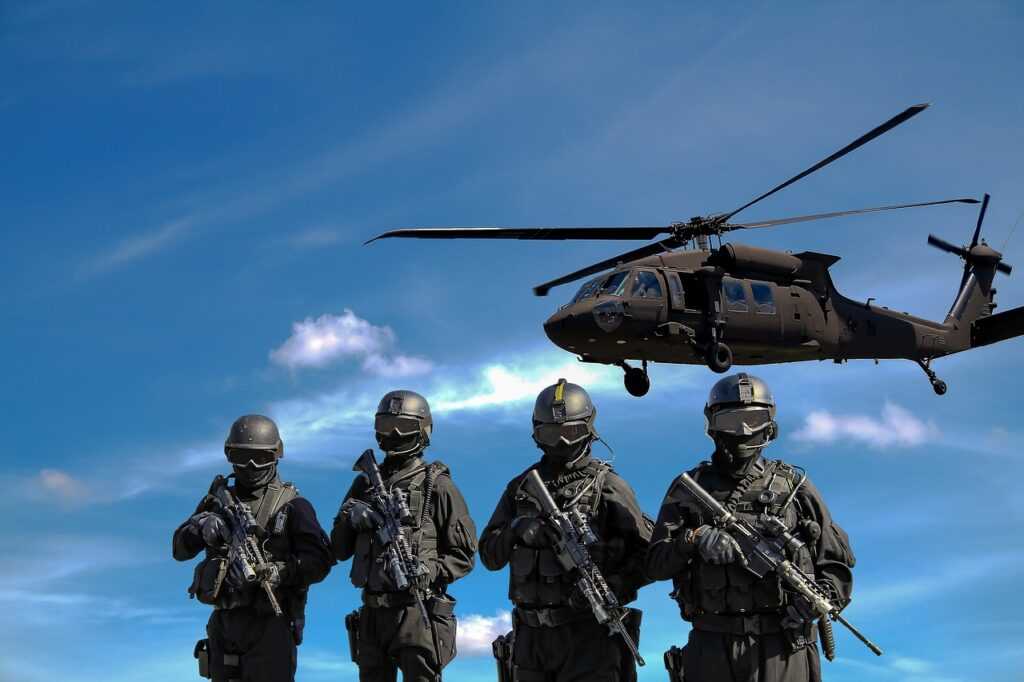Introduction
Text transformation is a crucial aspect of writing and communication. Whether you’re a student working on an essay, a professional drafting a report, or a social media influencer crafting a captivating post, the way you transform your text can make all the difference in capturing your audience’s attention. In this article, we’ll delve into the world of text transformation in Markdown, a lightweight markup language with plain text formatting syntax.
What is Markdown?
Markdown is a texttoHTML conversion tool for web writers. Originally created by John Gruber and Aaron Swartz in 2004, Markdown allows users to write using an easytoread, easytowrite plain text format, which then gets converted to structurally valid HTML. Markdown is widely used for formatting readme files, writing messages in online discussion forums, collaborative writing, and much more.
The Basics of Markdown
Markdown uses simple characters and symbols to format text. Here are a few basic formatting techniques commonly used in Markdown:
Bold: To make text bold, surround it with double asterisks (\*\like this\\*) or double underscores (\_\like this\\_). Italic: To italicize text, use single asterisks (\like this\) or single underscores (\like this\). Headers: To create headers, use hash symbols (\#) before the text. For example, \# creates an h1 heading, \#\# creates an h2 heading, and so on. Lists: Use hyphens () or asterisks (\*) to create unordered lists, and numbers to create ordered lists. Links: To create a hyperlink, enclose the link text in square brackets (\[like this\]) followed by the URL in parentheses (\(www.example.com\)). Images: Insert an image using the exclamation mark followed by square brackets for alt text and parentheses for the image URL.
Chaternage
Now, let’s talk about a unique concept known as “chaternage” in Markdown. This term refers to the playful manipulation of text using creative combinations of characters, symbols, and formatting techniques. Chaternage allows writers to infuse their text with personality, humor, or emphasis, making it stand out from the rest.
Advanced Techniques in Markdown
In addition to the basic formatting techniques, Markdown offers a range of advanced features for text transformation. Some of these include:
Tables: Create tables using pipes (\|) and hyphens (). Code Blocks: Display code snippets using backticks (\\\`) or indentations. Blockquotes: Quote text using greater than symbols (\>). Task Lists: Create interactive checklists using brackets (\[ \]). Footnotes: Add footnotes using caret symbols (\^).
Best Practices for Text Transformation
When transforming text in Markdown, it’s important to remember a few best practices:
- Keep it simple: Markdown is designed to be easy and efficient. Don’t overcomplicate your text with unnecessary formatting.
- Consistency is key: Maintain a consistent style throughout your document to enhance readability.
- Test it out: Preview your Markdown text before publishing to ensure it looks as intended.
- Get creative: Experiment with different formatting techniques to add flair to your writing.
Conclusion
In conclusion, text transformation in Markdown offers a powerful toolkit for writers to enhance their communication and engage their audience effectively. By mastering the basics and exploring advanced techniques, you can take your writing to the next level and stand out in a sea of plain text. So go ahead, unleash your creativity, and embrace the world of Markdown text transformation!





